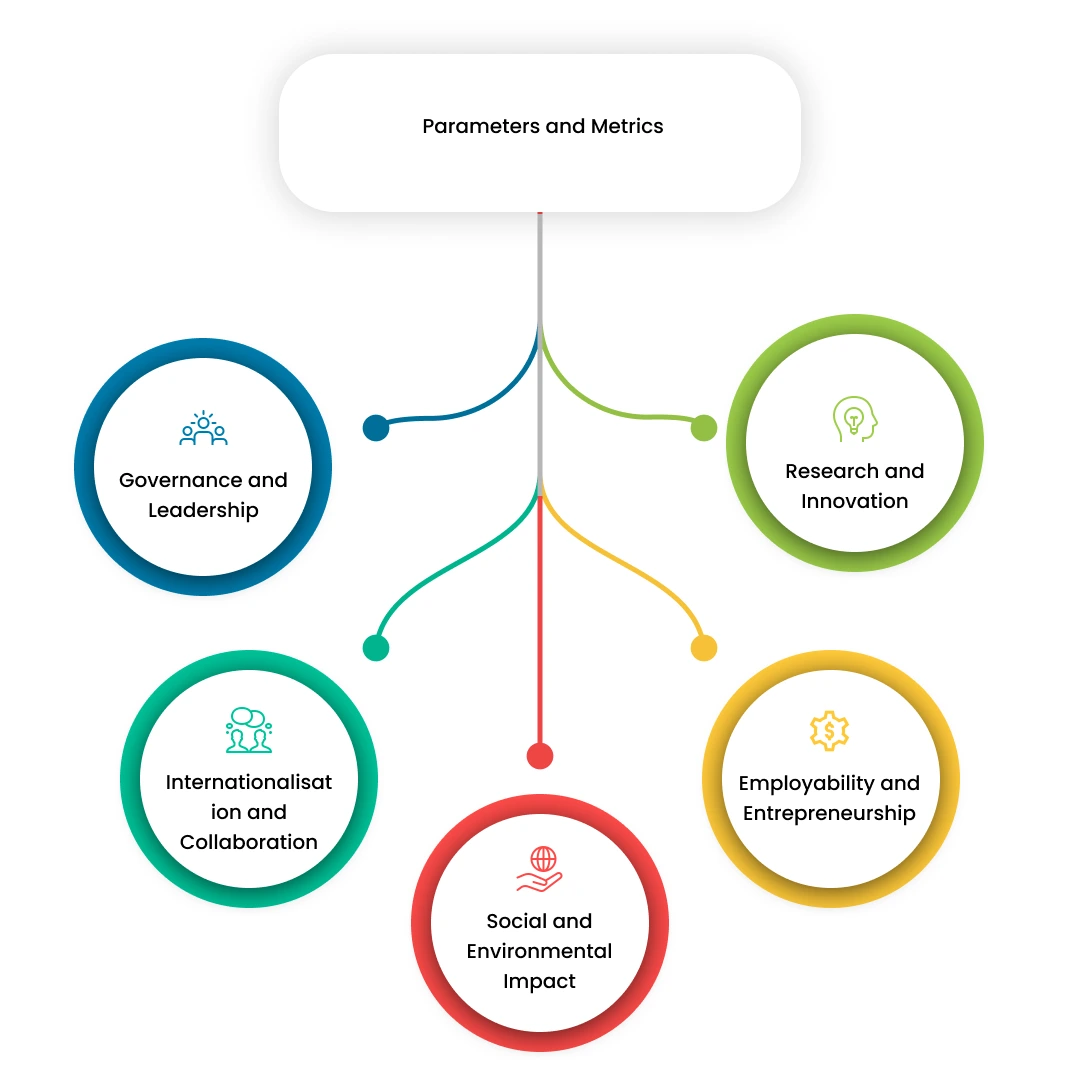12, Feb 2024
Accreditation is the process of evaluating the quality and standards of higher education institutions (HEIs) in India.
The University Grants Commission (UGC) has set up an independent body called the National Assessment and Accreditation Council (NAAC) to do this job.
NAAC checks how well the Higher Education Institutions are performing. This is based on different criteria and indicators. NAAC accreditation then gives them feedback and suggestions for improvement.
Guide To National Assessment And Accreditation Council (NAAC) For Higher Education
But the current NAAC accreditation system is not very effective and user-friendly. It has some problems and challenges, such as:
- The grading system is too complicated and confusing.
- Many HEIs are not interested in or motivated to participate in the accreditation process.
- The accreditation process is not very transparent and fair.
- The accreditation system is not in sync with global standards and best practices.
To solve these problems and to make the accreditation system better and more relevant, the MoE has formed a high-level committee. This committee is to suggest some major reforms and changes.
The committee is headed by Dr. K. Radhakrishnan, a renowned scientist and former Chairman of ISRO. The committee submitted its final report to the Education Minister, Shri Dharmendra Pradhan, on 16th January 2024.
The Minister has accepted the report, and the NAAC accreditation executive committee has decided to implement the reforms in two phases:
- One in the next four months
- The second by December 2024.
Binary Accreditation
One of the big reforms suggested by the committee is to introduce a binary accreditation system. It means that HEIs will be either accredited or not accredited, instead of getting grades.
This is to encourage all the institutions to join the NAAC accreditation process and to create a culture of quality and excellence in higher education. The binary accreditation system is also similar to what many leading countries in the world follow.
The binary accreditation system will have some minimum standards and benchmarks that HEIs have to meet to get accredited. These standards and benchmarks will be based on:
- Seven criteria
- 34 key indicators (KIs).
These are the criterias NAAC currently uses to evaluate the HEIs.
But the committee has recommended some changes and simplifications in the criteria and KIs to make them more suitable and logical.
Let’s take this for example.The committee has suggested combining the criteria of Curricular Aspects and Teaching-Learning and Evaluation into one criterion of Academic Excellence. It was also suggested to reduce the number of KIs from 34 to 25.
Importance & Benefits Of NAAC Accreditation
ADMS in Higher Education System
The committee has also recommended introducing a new tool called the Academic Data Management System (ADMS). It will be a central online platform for collecting, verifying, and analysing the data and information related to the HEIs.
The ADMS will help reduce manual work and human errors and to ensure the accuracy and reliability of the data. The ADMS will also help the HEIs keep track of their performance and progress on a regular basis.
The binary accreditation system will be implemented by December 2024, and the HEIs will have to apply for accreditation through the ADMS. The NAAC will check the data and information provided by the HEIs and conduct a peer review visit to confirm the claims.
The NAAC will then announce the accreditation status of the HEIs based on the minimum standards and benchmarks.
Maturity-Based Graded Accreditation
Another reform suggested by the committee is to introduce a Maturity-based graded accreditation system. This will be applicable only to accredited Higher Education Institutions.
The maturity-based graded accreditation system will have five levels, from level 1 to level 5. Each level represents a higher degree of quality and excellence in higher education. The level-grading system will aim to motivate the NAAC accredited HEIs to improve their standards, continuously grow, and excel in different disciplines.
The level-grading system will have some parameters and metrics that will measure the performance and achievements of the HEIs in various domains. These includes:

The parameters and metrics will be based on the existing NAAC criteria, as well as some new indicators that the committee has suggested adding. These new indicators include:
- The number and quality of publications, patents, and citations;
- The percentage of students and faculty involved in start-ups and incubators
- The contribution to the Sustainable Development Goals (SDGs)
- The participation in global rankings and ratings.
The level-grading system will be implemented by March 2024, and the accredited HEIs will have to apply for level-grading through the ADMS.
The NAAC will assess the HEIs based on the parameters and metrics and assign them a level from 1 to 5, with level 1 being the lowest and level 5 being the highest.
The level 5 will be called "Institutions of Global Excellence for Multi-Disciplinary Research and Education". It will be reserved for the top HEIs that have achieved world-class standards and recognition in higher education.
How Can Colleges Be Prepared For NAAC Peer Team Visit?
Conclusion
The reforms by the UGC in the NAAC Accreditation System are expected to bring a big change in the quality and excellence of higher education in India. The reforms will help to create a simple, trust-based accreditation system.
This credible, objective, and rationalised system for accreditation is a technology-driven modern system that could replace or minimise manual involvement. The reforms will also help to create a quality culture and a competitive spirit among the HEIs.
This will encourage them to aim for eminence, significance, and global acclaim.
The reforms are consistent with the vision of the National Education Policy (NEP) 2020. NEP 2020 aims to transform the Indian higher education system into one of the best in the world.
They are also aligned with global standards and best practices. This will enable the Indian HEIs to compete with the best in the world.
The new binary accreditation system in NAAC will ultimately benefit students, faculty, and society at large by providing them with quality education, research, innovation, and opportunities.
Discover the full story of the UGC's groundbreaking changes in accreditation - Book our Demo now!
Mobile: 08448010216
Email:info@mastersofterp.com













